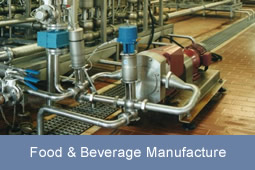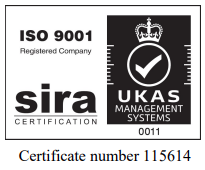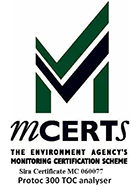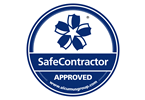Legislation
Industry and municipal waste-water (sewage) treatment plants have had to respond to UK environmental legislation such as the Urban Waste Water Directive, IPC, IPPC and now the EPR (Environmental Permitting Regulations). As successive legislation becomes more stringent, discharge consents have been progressively tightened, and the need for self-regulation has become more important. As a consequence, on-line instrumentation has been installed throughout waste-water industry to continuously to provide final effluent monitoring and perform water analysis for key consent parameters.
Industry discharge
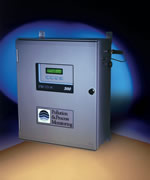 Many industries need to comply with a range of consent parameters that may include flow, pH, suspended solids, ammonia, COD and BOD. The latter two measurements can be determined using laboratory methods on discrete samples giving historic data. However there is a requirement for industry to regulate discharges in real time so where ever possible, Total Organic Carbon (TOC) analysers have been installed, to continuously provide final effluent monitoring of the dissolved organic carbon. Since a correlation between the Total Organic Carbon content and the oxygen demand can often be established, this is a very powerful parameter indicating water quality. The Protoc TOC analyser technology continuously reporting Total Organic Carbon (TOC) has been extensively installed to monitor trade discharge and final effluent quality to receiving waters.
Many industries need to comply with a range of consent parameters that may include flow, pH, suspended solids, ammonia, COD and BOD. The latter two measurements can be determined using laboratory methods on discrete samples giving historic data. However there is a requirement for industry to regulate discharges in real time so where ever possible, Total Organic Carbon (TOC) analysers have been installed, to continuously provide final effluent monitoring of the dissolved organic carbon. Since a correlation between the Total Organic Carbon content and the oxygen demand can often be established, this is a very powerful parameter indicating water quality. The Protoc TOC analyser technology continuously reporting Total Organic Carbon (TOC) has been extensively installed to monitor trade discharge and final effluent quality to receiving waters.
Sewage discharge
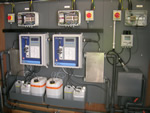 Final effluent monitoring typically comprises ammonia and suspended solids (turbidity) although other water analysis such as BOD may also be performed on discrete samples. Ammonia is a critical water quality parameter since it is toxic to aquatic life and also indicates the extent of treatment. Rising ammonia concentrations indicates inefficient nitrification possibly due to poor aeration, insufficient liquor concentrations, nitrification inhibition due to toxicity, temperature or excessive hydraulic load. Continuous measurement data is therefore crucially important to confirm the treatment facility is operating efficiently.
Final effluent monitoring typically comprises ammonia and suspended solids (turbidity) although other water analysis such as BOD may also be performed on discrete samples. Ammonia is a critical water quality parameter since it is toxic to aquatic life and also indicates the extent of treatment. Rising ammonia concentrations indicates inefficient nitrification possibly due to poor aeration, insufficient liquor concentrations, nitrification inhibition due to toxicity, temperature or excessive hydraulic load. Continuous measurement data is therefore crucially important to confirm the treatment facility is operating efficiently.
Recently, the consent limits for discharge have been lowered for sites discharging to sensitive catchments. Consents of 1.0 to 3.0mg/L NH3-N are now more common place requiring analytical measurement technology. The Proam ammonia monitor which provides automatic calibration against two known calibration standards provides a greater confidence in the quality of measurement, especially for sites treating effluent to such low concentrations. More recently, phosphate consents have also been imposed resulting in additional treatment and process control requirements.
More information? Get in touch!
If you would like more information relating to this product or the services Pollution PPM can provide, please Contact Us.
For International enquiries, please contact one of our dealers listed on the following page - International Dealers
Related Links







